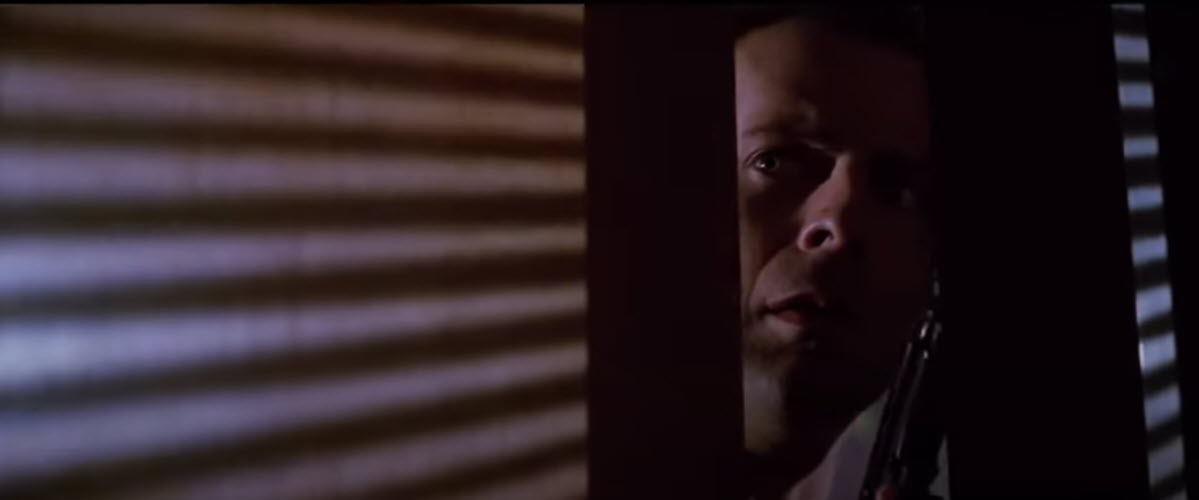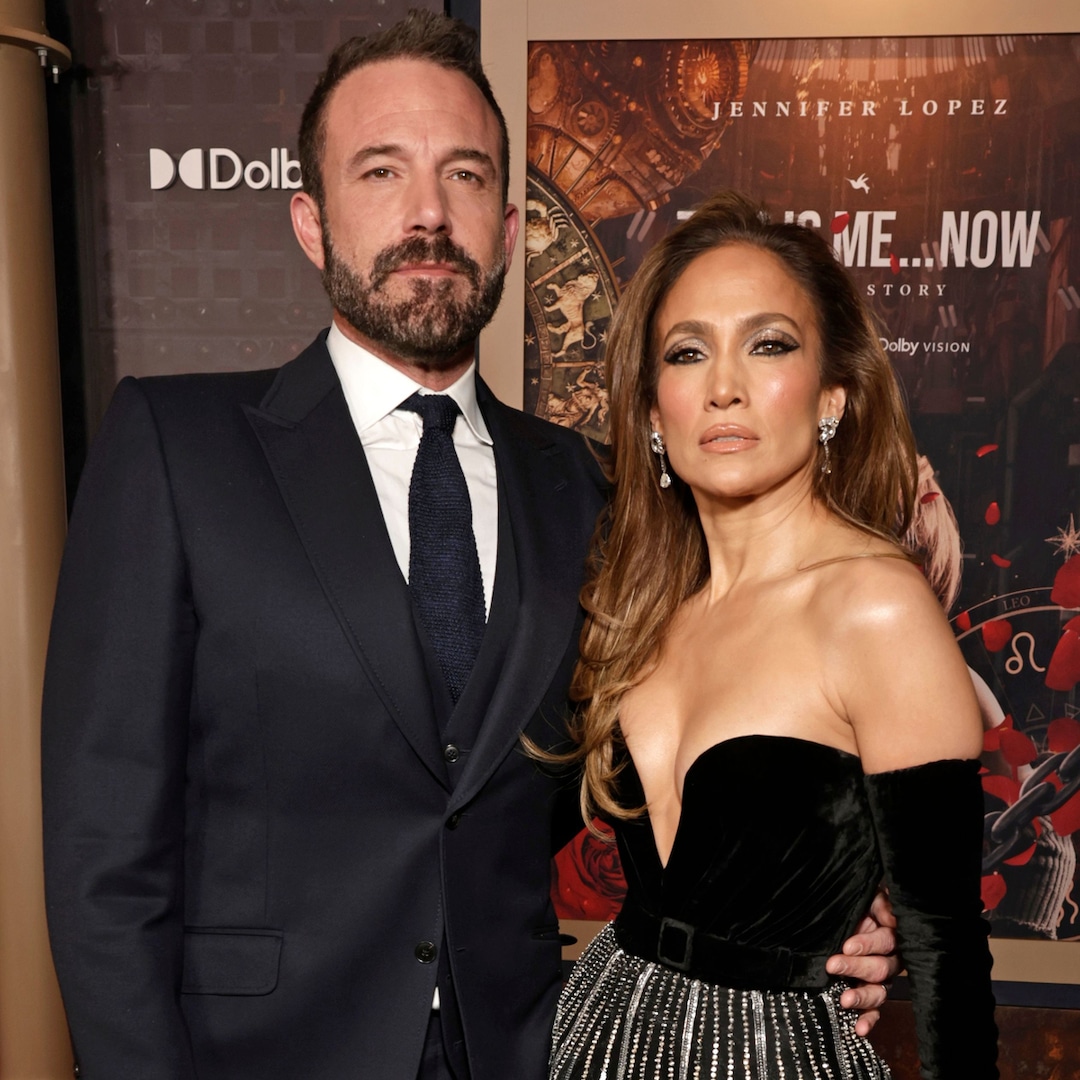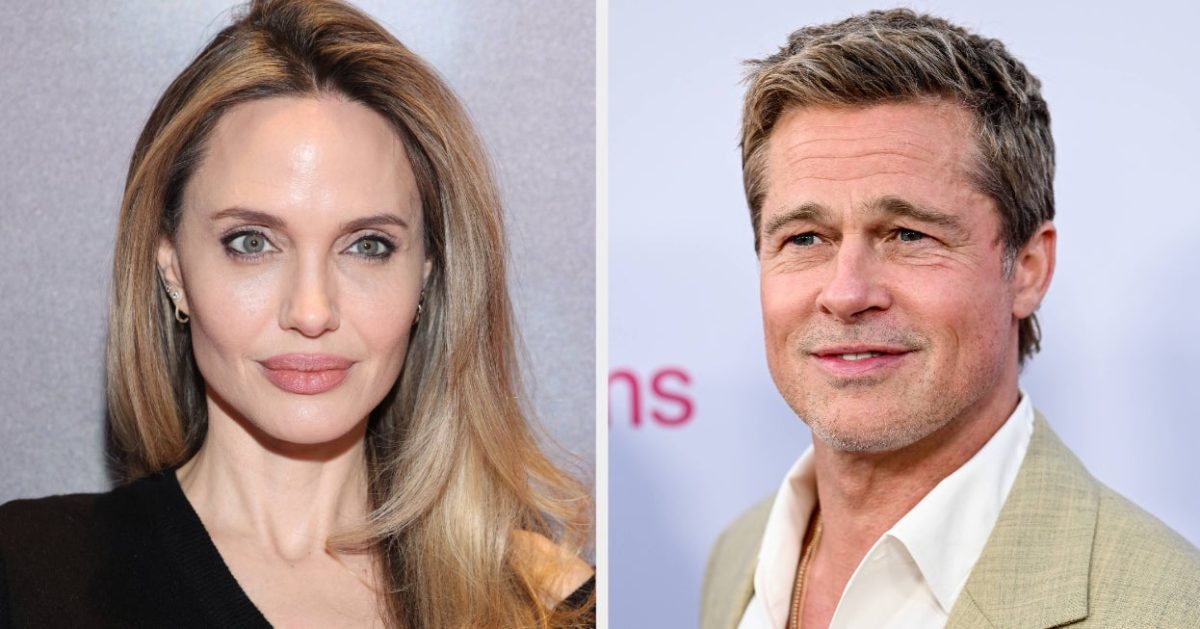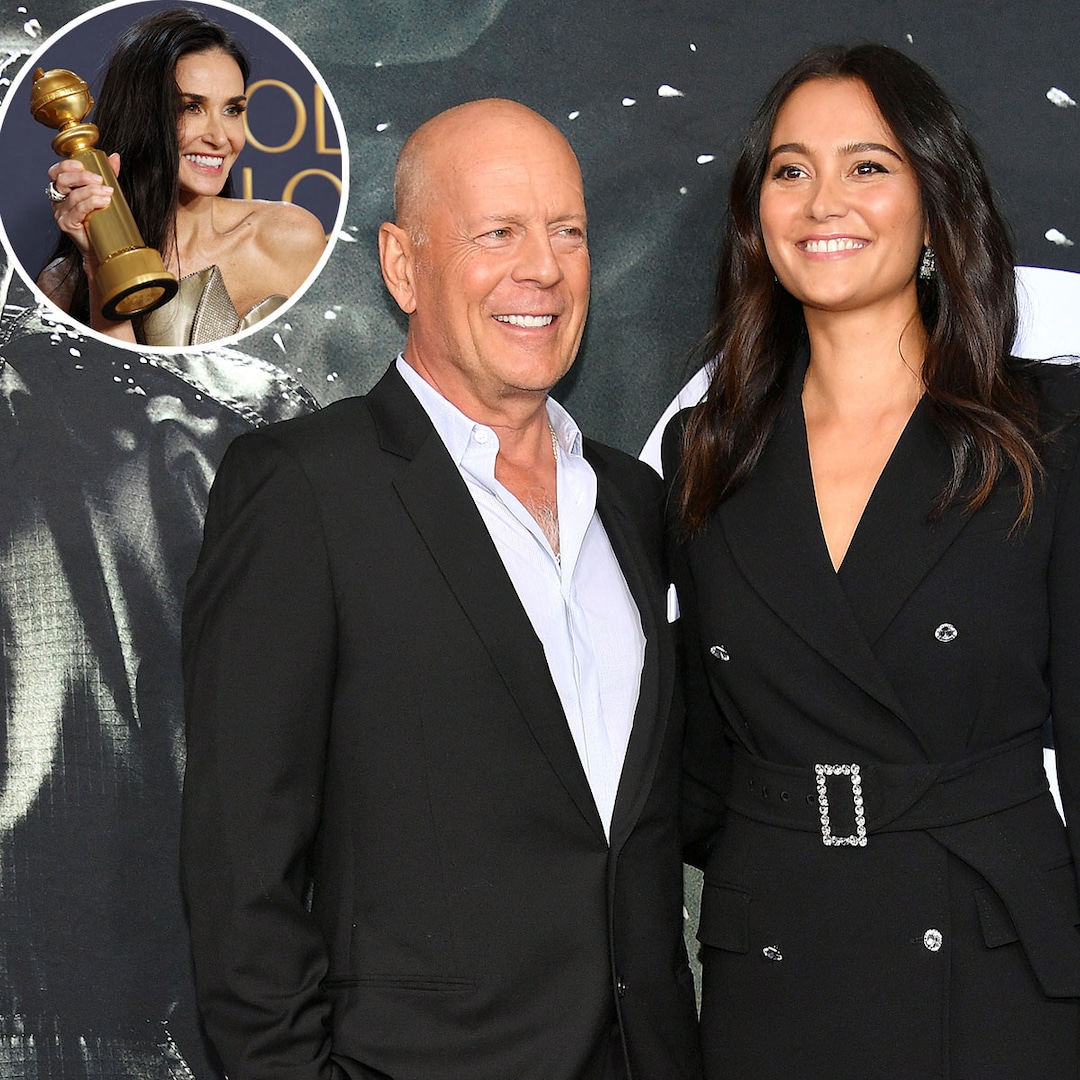
‘Die Hard’ at 35: An Ode to Joy That Keeps Giving
Jul 16, 2023
Mention the name Die Hard, and audiences and fans immediately think of “that movie that spawned Bruce Willis’ career,” “that movie that started a wave of action movies by using its name,” or my favorite, “it’s a Christmas movie.”
I’m here to tell you that John McTiernan’s Die Hard is not a Christmas movie, though if you are inclined, that’s ok. It just happens to be set during Christmas in Los Angeles. LA is a place, much like my adopted home of Phoenix, that doesn’t see snow during the wintertime. And, having grown up in Wisconsin, I’m thankful for that. McTiernan builds the Christmas spirit within the film’s environs right from the opening frame as John McClaine, played by Bruce Willis in his second feature film, though it is technically his third feature role.
The first time I saw Die Hard was on VHS. Even on a 27″ screen, its power blew me back in my seat. Thirty-five years later, as war wages on between Guilds and the likes of Mission: Impossible are battling for box office supremacy, John McTiernan gathered a group of talented individuals in front of and behind the camera to deliver an ode to joy, a blueprint for action films that followed.
Based on Roderick Thorp’s novel, “Nothing Lasts Forever,” Jeb Stuart was hired by Twentieth Century Fox to adapt the story into a screenplay in 1987 as a summer blockbuster for 1988, which so impressed the studio that the film was greenlit almost immediately. The studio, which had produced and released The Detective 1968, was contractually obligated to offer the role of John McClaine to that film’s star, Frank Sinatra, who was too old to play the part and turned it down. Other established actors of the era were approached, who all turned it down.
The plot of Die Hard is a rather simplistic story: a group of European terrorists storm the Nakatomi Plaza to take $640 million in negotiable bearer bonds while holding partygoers hostage. The terrorists don’t count on the “fly in the ointment,” John McClaine, a reluctant hero, to stop them. Initial critical reaction to the release was not positive, citing its ultra-violence, plot, and Willis’ performance while praising McTiernan’s direction and Alan Rickman’s performance. 35 years later, the film’s popularity has proven the critics wrong – it remains a high mark in McTiernan’s and Willis’ careers.
Willis was best known at the time for his television work on “Moonlighting” opposite Cybill Shepard. Willis would start his film career with Blake Edwards; Die Hard propelled him into the spotlight. Conversely, for Rickman as Hans Gruber, who was predominantly a stage actor, Die Hard is his first screen performance, and he nearly upstages Willis in an excellent turn. Rickman is a smooth operator, convincing in his conviction, so much so that Gruber becomes almost an anti-hero. As the film’s villain, though, Gruber’s convictions about the theft of the money and the murders of innocent partygoers are, in his mind, justified. This gives Gruber a pathos that does not endear his brother in McTiernan’s subsequent Die Hard with a Vengeance in 1995.
Willis became the reluctant hero, a New York City police detective, having come to LA to reconcile with his estranged wife, Bonnie Bedelia’s Holly Gennaro, who, six months before the film’s start, had moved their two small children to the City of Angels for a promotion with the Nakatomi Corporation.
Screenwriters Stuart and Steven E. DeSouza build a lot of grit and grime into McClaine’s history that would be a stretch for most of the modern action stars of the time. Willis, known for his wise-crack humor, plays the dramatic parts of the character with conviction. Both sides of the conviction these characters, McClaine and Gruber, carry is the combination that drives the film’s heart. I would nearly ascribe a Jekyll and Hyde imprimatur to the two characters because they are two halves of the same man.
Alas, Gruber has intention behind his motives; McClaine is reluctantly pressed into service. The fire and ice of the two characters pair well with the Christmastime setting.
In an unusual move for a major blockbuster, the supporting cast shines as brightly as the two co-leads.
Bedelia is fantastic in her role as Holly, reluctantly pushed into service to protect the surviving hostages from harm as much as possible after Gruber murders Joe Takagi (James Shigeta) when he can’t deliver the code to the vault containing the bonds. McTiernan gives as much attention to Holly as a character who carefully balances protecting her identity and protecting the people under her charge. “What idiot put you in charge? You did when you murdered my boss,” is among my favorite lines from the script – it harbors the pathos and ethos between the terrorists and the captives; Holly stands up so forcefully to Gruber that it could have come off as very rigid, but plays exactly as it should, given the setting.
Another key player, Reginald VelJohnson, plays Sargent Al Powell, who, upon responding to McClaine’s pleas for support from the LAPD and eventually the FBI. Robert Davi and Grand L. Bush as Special Agents Big Johnson and Little Johnson, “no relation” absolutely shine. For those outside the Nakatomi building, they watch in horror, helpless to provide any support other than to try to negotiate, which the FBI was unwilling to do – cue the gunships! For the longest time, the over-the-radio exchange between McClaine and Powell was a key sticking point to Die Hard‘s ability to be a perfect action film. As I’ve gotten older, its place, its conviction about what drives those who serve in law enforcement, makes absolute sense. Willis and, especially Vel Johnson, play the performances for precisely what they are – two human beings who have seen much of humanity’s detritus baring itself.
Alexander Godunov, who, after defecting to the US from Russia in 1979, coincidentally the same year that Thorp wrote “Nothing Lasts Forever,” plays Karl, Gruber’s right-hand man. Karl serves as the vengeance part of the script and is a strong performer against Willis and Rickman. In his rush to try to call for help, McClaine kills Karl’s brother, Tony (Andreas Wisniewski, fresh off his performance as a Bond henchman in 1987’s The Living Daylights.) Godunov, famed for his ballet dancing abilities, found a calling in Hollywood, first with Witness (1985) and The Money Pit (1986). Die Hard served as his first major blockbuster, and Godunov was unforgettable for his performance and second for his action movements. Karl is the muscle compared to Gruber’s brain and brawn. The slow burn toward vengeance perfectly matches Gruber’s stern conviction and McClaine’s reluctance.
If I were to ask anyone to call out a favorite character from Die Hard, I doubt Paul Gleeson’s Dwayne T. Robinson would be at the top of the list. His part is small; however, Robinson is a primary primer serving as McClaine’s actions were justified. Gleeson, who impressed audiences in many of his performances, top of which would probably be The Breakfast Club‘s assistant principal, continues to adroitly serve as an antagonist, someone who is more concerned with shuffling paperwork than with truly protecting life and limb. The exchange between Robinson and Powell toward the middle of the film features some of the genuinely funny moments in the movie.
Rounding out the impressive supporting cast is William Atherton as Richard Thornberg, a television reporter seeking a big scoop but probably planting a big scoop when he delivers one of the film’s biggest bombshells, De’voreaux White as Argyle, McClaine’s limo driver, Clarence “The quarterback is toast!” Gilyard as Theo, the techno brains behind Gruber’s push, and Hart Bochner as Harry Ellis, the requisite sleazeball of the film.
Each of these characters serves the film’s ends and needs and revolves around McClaine as he methodically mows down the terrorists; “swarm” might be a more apt descriptor for how each character gnaws at McClaine’s ego. Willis is pitch-perfect with his action and humor in his grounded reality. Future iterations of the Die Hard franchise, especially beyond this film’s 1990 sequel, Die Hard 2, don’t hold a candle to what Stuart brought to the character here. Die Hard feels populated with characters in a fully fleshed-out script. You feel the pangs in the human soul when there is no choice but to take someone else’s life to protect and serve, driven by a need to reconcile with his estranged wife.
That’s also what happens when you’re stuck in a 40-story building with nowhere to go. The newly christened Fox Plaza stood in for the fictional Nakatomi Tower; its shattered glass and blown rooftop are depicted for all to see. I’ve maintained that Stuart’s script has a bit of The Towering Inferno baked into it (please, pardon my pun), and I was not surprised to see that it influenced him and the script. More than anything, despite its being set as “Christmas in July,” as a friend on Facebook put it, Die Hard offers hope and joy, despite its violence – those two jingles ring their bells loud and clear.
Die Hard has a fantastic team behind the camera, propelling its action, drama, and wit as much as its cast does. Simply put, John McTiernan delivers a tight eye for detail in his use of the camera, weaving the action, the character moments, and their dramas together without allowing one of the three to trample over the other. Die Hard is a master stroke of an action film, but the setting dictates the necessity of hope, even in the face of the film’s circumstances. McTiernan is aware that he was working with a lead cast that had not had exposure to more giant blockbusters, and he made them all shine.
Director of Photographer Jan de Bont, who would eventually go on to direct two summer blockbusters of his own (Speed, Twister), knows where his camera belongs and how to move it and is responsible for the feel and flow of the action and drama – de Bont knows when to keep his camera, gracefully moving and when to draw into a character during the more dramatic moments. Richard Edlund masterfully delivers the film’s visual effects, driving a concussive and explosive look that would define action films of the late 1980s and beyond. Editors Frank J. Urioste and John F. Link move the film briskly, almost break-neck, carrying the characters through the plot.
Die Hard is nothing without its music and score. McTiernan and Kamen aimed to celebrate the holiday, and we are treated to Christmas music from Run DMC and Vaughn Munroe to open and close the film, honoring the then-modern times the film was set and the classic nature of the season of joy and reconciliation. The characters come to life, as does the movie with Michael Kamen’s prolific score, using Beethoven’s Fifth Symphony, “Ode to Joy,” as its foundation. The theme appears several times throughout the film, driving a cacophony, slowing down, speeding up, and bellowing out its lyrical beauty set against the bloody action. Die Hard truly is an ode to joy.
Finally, mentioning Die Hard would be difficult without the talents of uber-producer Lawrence Gordon and action-producer Joel Silver. The Gordon Company had an output deal with Fox at the time. Stuart, who had at first sold the script to Columbia, who subsequently abandoned the project, worked with The Gordon Company to get it produced, so it was fortuitous that the right people were in the right place to get Die Hard made and released – Fox had purchased the sequel rights before “Nothing Lasts Forever” had even been written.
Despite the bad publicity that Willis’ $5 million paycheck took at the time, and the Fox marketing department having trouble marketing Die Hard without its lead star, instead rightly choosing to feature the setting, Die Hard would go on to “blow audiences through the back wall of the theatre” on a roughly $25-$35 million budget. Averaging $30,000,000m in the budget in 1988 dollars brings us to $77,3473,372 in 2023 dollars. Die Hard walked away with approximately $140 million ($361,075,739) in global box office receipts. In light of Mission: Impossible – Dead Reckoning Part One’s release thirty-five years later, Die Hard‘s take is still mind-blowing.
I’ve since seen Die Hard on a digital film print, and it looks gorgeous. Fox’s restoration team at the time did a superb job remastering this classic. I’d love to see it on 70mm if Disney made the print available. Suffice it to say, the work Fox did on the remastering shines on 4K today.
With a cast primarily made up of first-time blockbuster stars and a director with a keen eye for ethos and pathos, John McTiernan’s Die Hard wouldn’t be the blueprint for modern action films that it is today.
Die Hard
Directed by John McTiernan
Screenplay by Jeb Stuart and Steven E. DeSouza, based on “Nothing Lasts Forever” by Roderick Thorp
Starring Bruce Willis, Alan Rickman, Alexander Godunov, Bonnie Bedelia, Reginald VelJohnson, Paul Gleason, De’voraux White, William Atherton, Clarence Gilyard, Hart Bochner, James Shigeta
R, 132 minutes, Twentieth Century Fox/Gordon Company/Silver Pictures
Die Hard is available on UHD BD, BD, DVD, and for rental or purchase from major E-tailers.
Related
Publisher: Source link
Celebrities With Their Own Companies
Celebrities With Their Own Companies Whether you aspire to be an actor or musician, getting the shot at a big break is hard enough. But managing to make a career outside of what you were already famous for? Now that's…
Jan 7, 2025
Jennifer Lopez Reunites With Ex Ben Affleck at His Home
Jennifer Lopez & Ben Affleck Reunite at His L.A. Home Amid EstrangementThis is a pair of friendly exes...now. Less than five months after filing for divorce from estranged husband Ben Affleck, Jennifer Lopez reunited with the two-time Oscar winner at…
Jan 7, 2025
Why Angelina Jolie Won’t Talk About Brad Pitt Divorce
Why Angelina Jolie Won't Talk About Brad Pitt Divorce For a quick reminder, Brad and Angelina started dating back in 2005 after meeting on the set of their movie Mr. & Mrs. Smith. They didn’t get married until August 2014,…
Jan 6, 2025
Bruce Willis’ Wife Emma Reacts to Demi Moore’s 2025 Golden Globes Win
Demi—who wore custom Armani Privé to the event—beat out fellow nominees Amy Adams, Cynthia Erivo, Karla Sofía Gascón, Mikey Madison and Zendaya in her category. And when accepting her award, the 62-year-old shared a powerful message on overcoming a "low point"…
Jan 6, 2025











